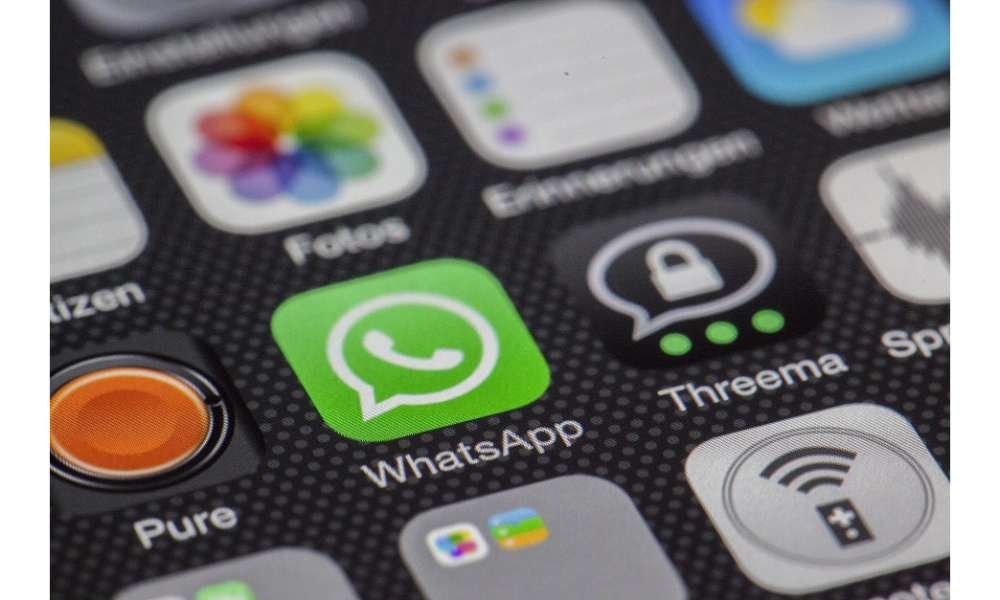
Apples or Androids: Which Smartphone is Better for You?

Ever since Google and Apple went head-to-head with their Android and iOS-powered smartphones, the debate over which of the two is better has remained a hot topic. Let’s compare both types of smartphones and their operating systems (OS) to help you decide which to buy.
Design
Many casual observers say that Apple’s iPhones look better. The design and appearance of the iPhone have always been part of its marketing strategy, and this approach has paid off—the iPhone is considered a status symbol and an indicator of someone’s wealth. But iPhone fans or those considering a smartphone primarily on looks alone shouldn’t discount the Android phones on the market today. Many Android phones look smarter and more attractive now than they did in recent years, and have incorporated significant design improvements. For example, Samsung designed one of the first foldable smartphones that run on Android.
When considering design, both brands offer a range of models so are evenly matched.
Ease of Use
First-time users often find the Apple iPhone’s easier to navigate compared to Android. One article written on an Android enthusiasts’ website admits that compared to Android, iOS devices like the iPhone is faster, smoother and simpler to use, and provides software updates in a timelier fashion.
The iOS wins in this category.
Variety and Price
Unlike Google’s Android OS which is open-source and leased to other smartphone manufacturers, Apple’s iOS is only found on its iPhones. While it may not be an issue to have only one brand that supports iOS, this doesn’t allow for much variety compared to Android. Google’s Android OS can be found on 1,300 brands of smartphone. Android-run smartphones start as low as $100, which means they are within reach for people with tighter budgets, while Apple’s lower-end iPhone starts at $399.
For the wide range of options and low starting cost, Android wins easily.
OS Updates
While there are some cases where Apple’s software updates cause problems, the speed and frequency of the rollouts are a major reason for the iPhone’s popularity. You can expect consistent iPhone updates as long as the model isn’t too outdated. For Android phones, not all their devices are updated since Google only supplies the base OS and a few programs; it’s up to the individual manufacturer of the smartphone itself to issue any patches or updates. If you choose an Android phone, another option for important updates is by going to an experienced Android repair shop, like the specialist store in American Fork, Utah.
The iOS wins for ease of updates.
Battery Life and Charging
Even the most die-hard iPhone fans gripe about the iPhone’s poor battery life. As flashy as the iPhone is with its apps, animated backgrounds, and location services, these are also the main cause for the iPhone’s battery losing juice so quickly. Another problem with iPhones is that you can only charge it with a Lightning cable, which isn’t as common as an Android phone’s micro-USB charging cable.
Without power, even the most expensive and sophisticated apps and features are worthless; so Android wins.
Choosing between an iOS or Android-driven smartphone is a balancing act. What you choose depends on your priorities. If you are concerned with image and want a simpler design, then choose the iPhone. However, if you want a phone with a better battery life, functionality and want to choose from a wider range of options within your budget, then an Android smartphone is the better option.


